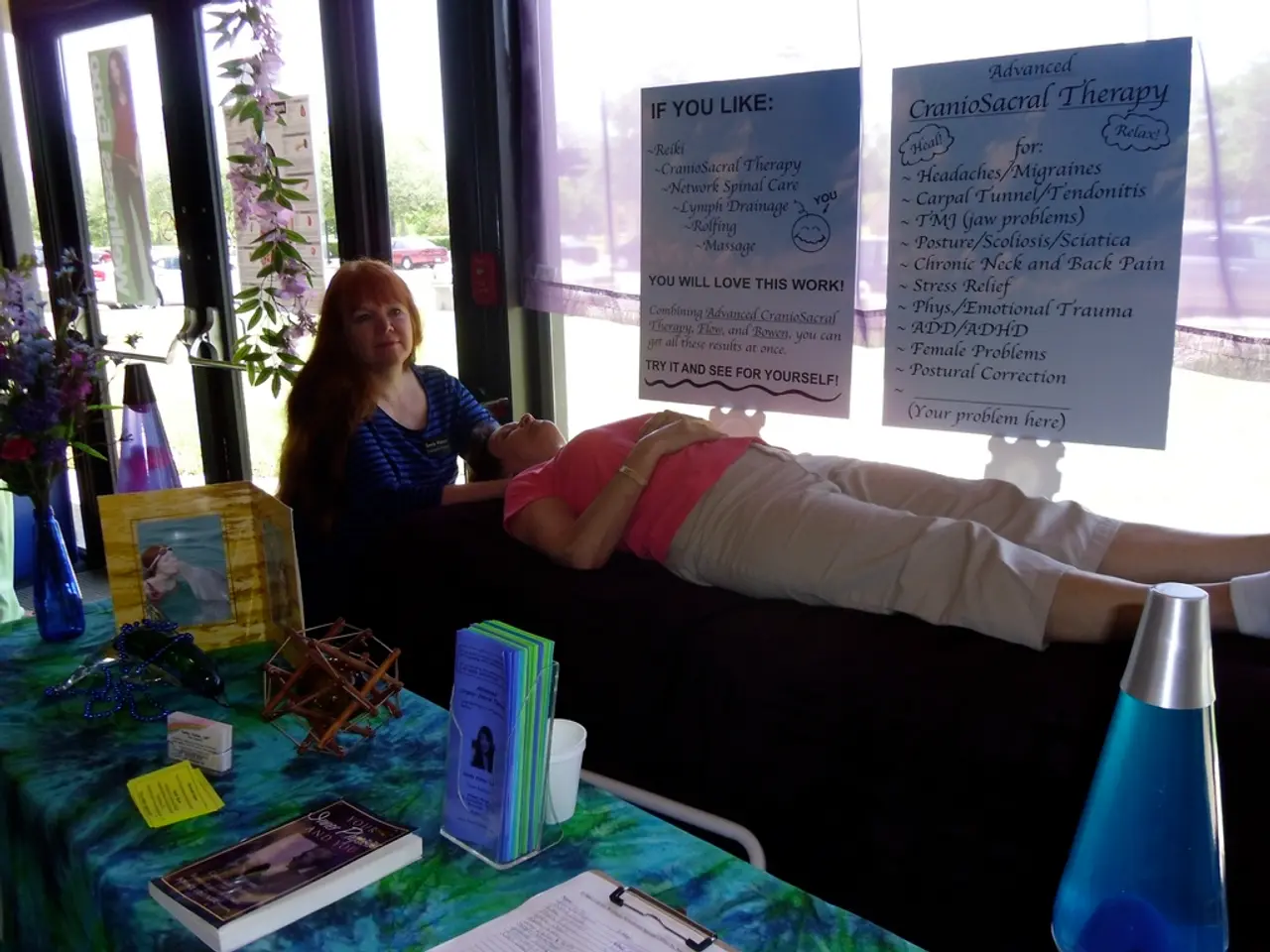Stockholm Syndrome: Roots, Triggers, Signs, and Approaches to Healing
In a captivating turn of events, Stockholm syndrome emerges as a psychological response to situations where individuals experience significant threats to their physical or psychological well-being. This phenomenon, named after the infamous bank robbery in Stockholm, Sweden, in 1973, is characterised by a person developing positive associations with their captors or abusers.
The Norrmalmstorg robbery, as it came to be known, marked a pivotal moment in understanding this complex human behaviour. During this bank heist, Jan-Erik Olsson took four bank employees hostage and remained inside the bank with them for six days. Remarkably, after their release, the hostages developed strong emotional bonds towards their captors and refused to testify against them.
Another iconic example of Stockholm syndrome can be traced back to the kidnapping of Patty Hearst, an American publishing heiress, in 1974. Held captive by the radical Symbionese Liberation Army (SLA), Hearst later appeared to sympathize with the SLA, even participating in their activities. Her defense attorney cited Stockholm syndrome in court, highlighting the syndrome's significance in understanding such extraordinary behaviours.
While Stockholm syndrome is not recognized as an official mental health disorder, it is a recognised phenomenon with several documented factors contributing to its development. Isolation from the outside world, perceived inability to escape, and face-to-face contact with captors are key factors. Perceived kindness from the captor or abuser also plays a significant role, as does the captor's demonstration of power and control.
It's important to note that the vast majority of captives and survivors do not develop Stockholm syndrome. However, cases involving victims of domestic violence, human trafficking, and hostage situations have shown instances of this phenomenon. For example, some women who were victims of trafficking expressed a hope to start a family with their trafficker or a client.
For those who have experienced trauma associated with captivity or abuse, psychotherapy and medication can help relieve issues such as depression, anxiety, and PTSD. Working with licensed psychologists, psychiatrists, and mental health counselors can provide treatment and strategies to understand and work through these experiences.
Criminologist and psychiatrist Nils Bejerot coined the term Stockholm syndrome to explain the aftermath of the Norrmalmstorg robbery in Stockholm, Sweden, in 1973. Since then, the syndrome has intrigued psychologists and the general public alike, offering insights into the human psyche's ability to adapt and survive even in the most challenging circumstances.
References: 1. [Hearst, P. (1976). Every Secret Thing. Simon & Schuster.] 2. [O'Connor, R. (2003). The Hostage: The True Story of the Stockholm Siege. John Blake Publishing Ltd.] 3. [Silver, B. (1996). Beyond Abuse: A Guide to Recovery for Victims of Domestic Violence. Simon & Schuster.] 4. [Walker, L. (2000). The Battered Woman. HarperCollins Publishers.]
- Nils Bejerot, a criminologist and psychiatrist, originated the term Stockholm syndrome to explain the emotional bonding of hostages with their captors, as observed during the 1973 Norrmalmstorg robbery in Stockholm, Sweden.
- One of the most famous cases of Stockholm syndrome occurred in 1974 when Patty Hearst, an American publishing heiress, developed positive associations with her captors, the radical Symbionese Liberation Army (SLA), and even participated in their activities.
- Stockholm syndrome is not classified as a mental health disorder, but it is a well-documented phenomenon, often occurring in situations of prolonged isolation, perceived inability to escape, and continuous face-to-face contact with abusive individuals.
- Instances of Stockholm syndrome have been reported in various traumatic situations such as hostage situations, domestic violence, and human trafficking, where victims may express unusual emotional attachment to their abusers.
- Those who have experienced trauma related to captivity or abuse can benefit from psychotherapies, mental health counseling, and medication, which can help alleviate issues such as depression, anxiety, and PTSD.




